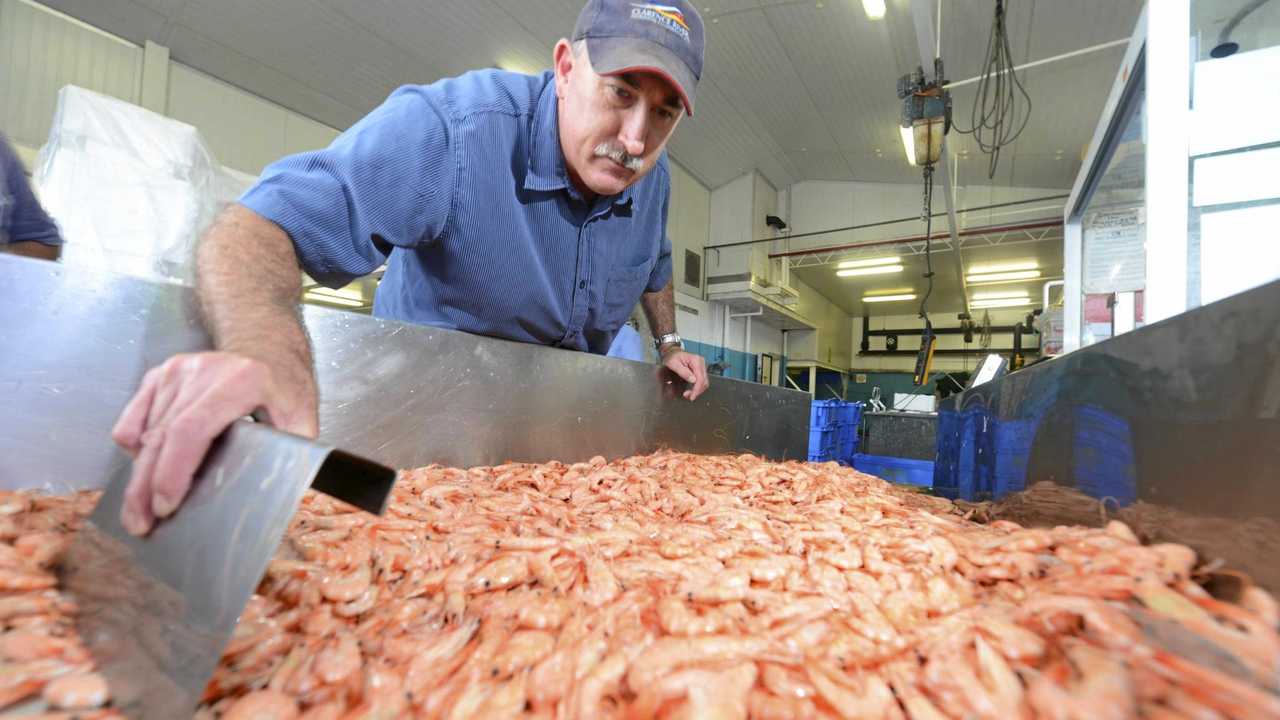Deadly prawn disease on the move
"IT is critical that people fishing in Australia's waterways do not use prawns meant for human consumption as bait."

Chinchilla
Don't miss out on the headlines from Chinchilla. Followed categories will be added to My News.
DESPITE confirmed reports of white spot disease moving further south in Queensland, there is no cause for concern for local prawn supplies according to Clarence River Fishermen's Cooperative fishing and marketing manager Garry Anderson.
The disease has ravaged Gold Coast prawn farms since it was first detected in the Logan River in December last year, and now more than 100 wild prawns just south of the Logan River in Southern Moreton Bay have tested positive to the virus responsible for the deadly white spot disease, the first time in Australia prawns have tested positive outside the Logan River.
Mr Anderson said the co-op is unaware of any further reports of the disease posing a threat to prawns and prawn farms in the Clarence River.
"We're not too worried at this stage, but it's certainly something we will keep an eye on," he said.
"As far as I'm aware, it's not a problem for us at this stage."
While Mr Anderson said there is little the co-op can do to prevent any spread of the disease, he believes conditions in the Clarence River would not be conducive to the further spread of the disease.
"I believe it's all about the temperatures of the water, and I think the water is too cold this far south for it to spread," he said.
According to Australian Government service Outbreak, white spot disease is a highly contagious viral disease of decapod crustaceans including prawns, crabs, yabbies and lobsters, caused by white spot syndrome virus.
"The disease is primarily spread through the movement of infected animals or contaminated water. Birds that feed on and move infected animals can spread the disease," according to the government website.
"This is why it is critical that people fishing in Australia's waterways do not use prawns meant for human consumption as bait."
Originally published as Deadly prawn disease on the move






